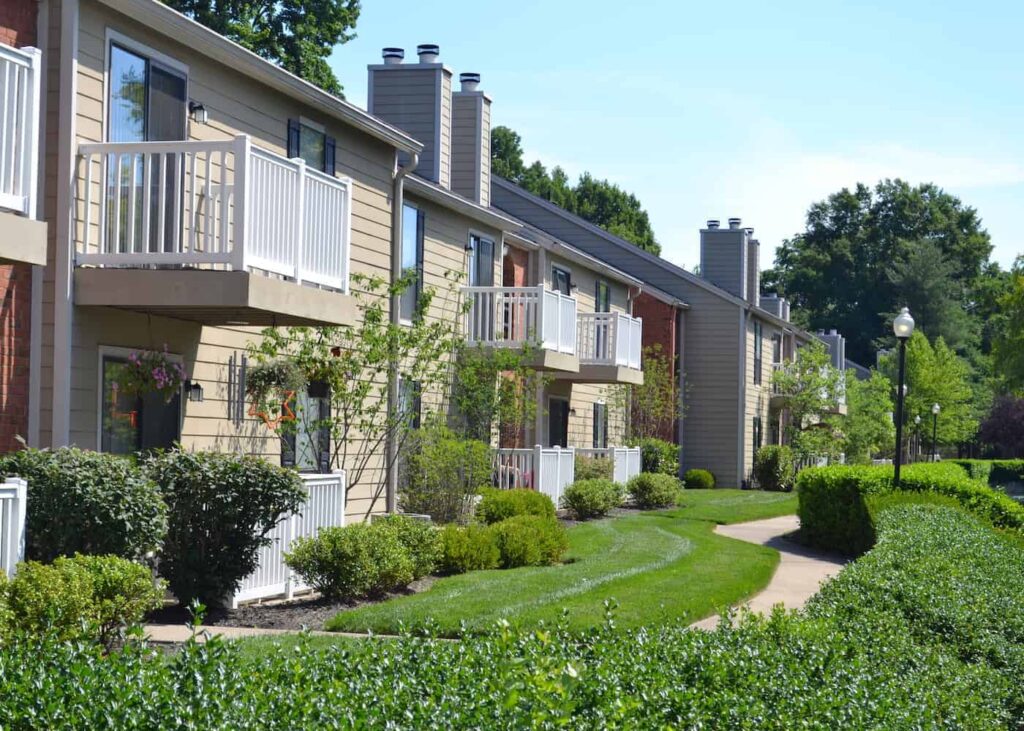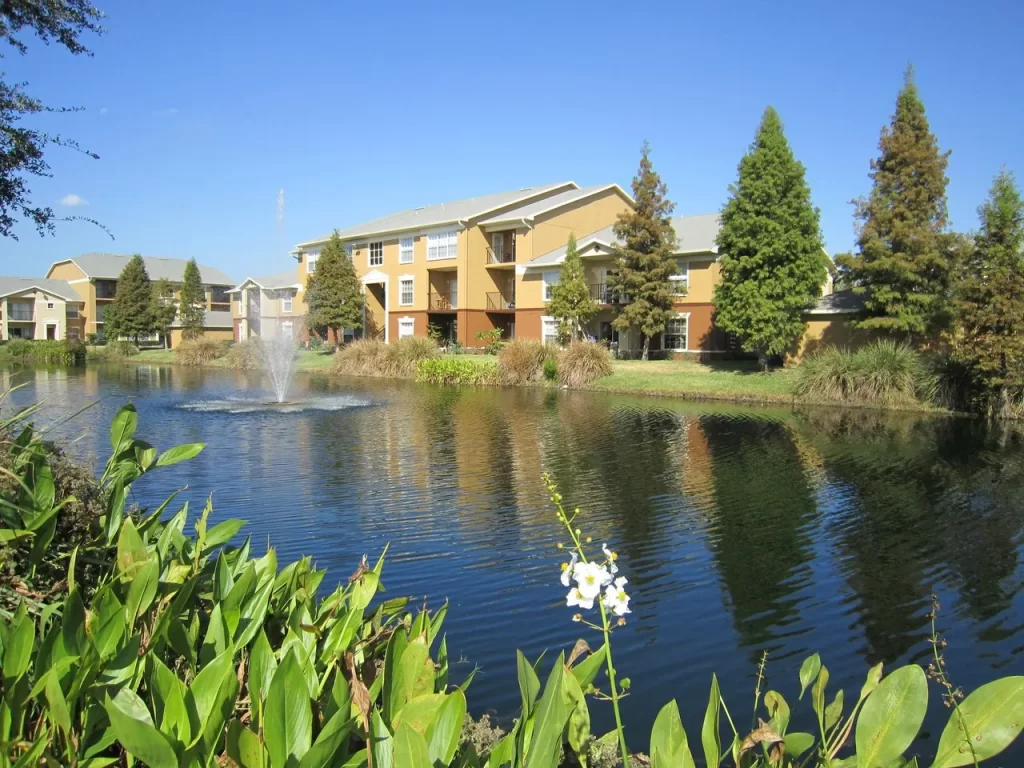CLICK ON EACH QUESTION TO EXPAND THE ANSWER.
A real estate syndication is when a group of investors combine their capital to purchase and share in the profits of a large property, such as an apartment complex
A real estate syndication usually involves two types of people: the “general partners” and the “limited partners.”
The general partners are the ones who organize the syndication and take care of things like finding the property, getting financing, and managing the property.
The limited partners, sometimes called “passive investors” are individuals who contribute their capital into the purchase of the deal but do not take an active role in the acquisition or operations process. They do have a partial share in ownership and also receive some of the profits from the investment
A real estate syndication usually involves two types of people: the “general partners” and the “limited partners.”
The general partners are the ones who organize the syndication and take care of things like finding the property, getting financing, and managing the property.
The limited partners, sometimes called “passive investors” are individuals who contribute their capital into the purchase of the deal but do not take an active role in the acquisition or operations process. They do have a partial share in ownership and also receive some of the profits from the investment
Generally, a Real Estate Syndication is open to “accredited investors.” An accredited investor is someone who has an annual income of at least $200,000 (or $300,000 joint income) or a net worth of at least $1 million (excluding their primary residence).
Some syndication offerings, called “506(b)” offerings, are open to unaccredited investors but require the investor to be “sophisticated.”
A sophisticated investor has experience in investing in alternative investments, such as real estate or precious metals, and has the ability to make informed decisions.
Additionally, they must have a pre-existing “substantive relationship” with the deal sponsor.
As a passive investor in a real estate syndication, you can expect to get paid in three ways:
- cash flow distributions
- cash-out refinance
- sale of the property
Typically, passive investors receive cash flow distributions quarterly, but the first payment may be delayed for six to twelve months, depending on the property’s business plan.


REAL ESTATE SYNDICATIONS
Real Estate Syndications offer five compelling reasons for investors to consider over other investment options:
Below-average risk
Potential for above-average returns
Provides passive income
Possible money saving tax benefits
Hedge on Inflation
Reach out to us through our “Welcome” button at the top of this page.
Schedule your initial call and we will reach out within 24 hours.
Once we get to know you, if you’re the right fit, you will receive your investor invitation.
If you’re interested, you’ll make a “soft commit”, a promise to invest a specific amount of money.
Once the right deal becomes available, you’ll review and sign legal documents outlining the partnership structure.
You’ll wire the money through our secured investor portal
Once the deal has fully funded and closed, you will then receive quarterly updates and distributions per the previously accepted agreement.
The process may vary depending on the syndicator, so it’s essential to ask about specific requirements and responsibilities as a passive investor.
You can expect regular updates from the operator via email either every month, or every quarter.
These updates will typically include information about the property, such as occupancy and any renovations, or improvements made.
The fun part of passive investing is receiving cash flow distribution checks.
At the end of the year, you can expect to receive an annual report and K-1 tax documents.
Good operators communicate regularly with their investors and provide additional information when requested. We prioritize communication and transparency.

At our real estate investment firm, we use some fancy terms that might sound confusing, but they’re actually pretty simple to understand. Here’s a quick rundown:
| Net Operating Income | Net Operating Income (NOI) is the income a property makes minus its expenses, not including big repairs or mortgage payments. |
| Capital Expenditures | Capital Expenditures (CapEx) are the funds we use for big repairs, like fixing a parking lot or replacing a roof. |
| Debt Service | Debt Service is the annual mortgage payment, including the money paid toward the loan and the interest. |
| Capitalization Rate | The Capitalization Rate (Cap Rate) tells you how much you can expect to make on an investment property. It is calculated by dividing the property’s NOI by its current market value. The lower the Cap Rate, the higher the price and vice versa. |
| Average Annual Return | The Average Annual Return (AAR) is all of the returns – a combination of cash flows and profit at resale – divided by the amount that was invested, and then divided by the number of years of the investment. For example, let’s say you made a total of $75K of cashflow and profit over 5 years. Divide that by an investment of $100K. Take the resulting 0.75 and divide that by 5 years, and you have an average annual return of 15%. |
| Internal Rate of Return | The Internal Rate of Return (IRR) is the most accurate way to compare one investment vehicle with another. It also happens to be the most complex (which is why we tend to use the Average Annual Return instead). In general terms, the IRR is calculated based on all future anticipated cash flow distributions, the principal paydown of debt, and the proceeds from a refinance or sale. IRR also accounts for net present value (NPV), the fact that money loses value over time. |
| Cash-on-Cash Return | Cash-on-Cash Return (CoC Return) tells you how much money you’ll make each year based on the amount you’ve invested. It is calculated by taking the annual cash flow and dividing that by the amount of money invested. For example, if you receive a distribution of $10K in one year, and you invested $100K in the property, your cash-on-cash return is 10% for that year. |
| Preferred Return | A Preferred Return is the minimum amount of return that our investors receive before we get paid. |
| Distributions | Distributions are the profits that our investors get paid on a regular basis. They might be paid on a monthly, quarterly or annual basis, and upon refinancing or sale of the property. |


